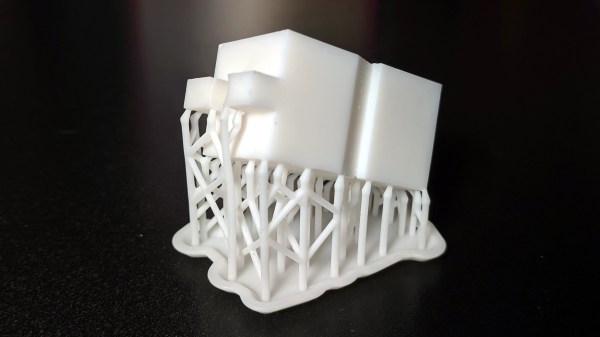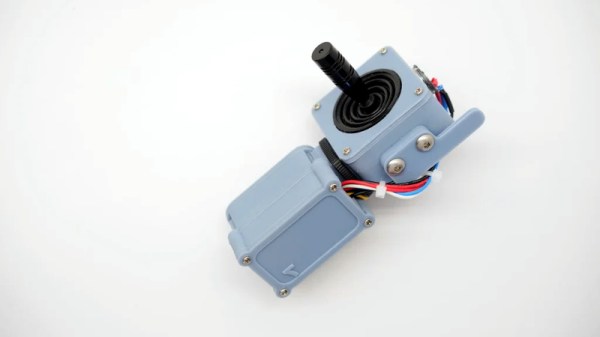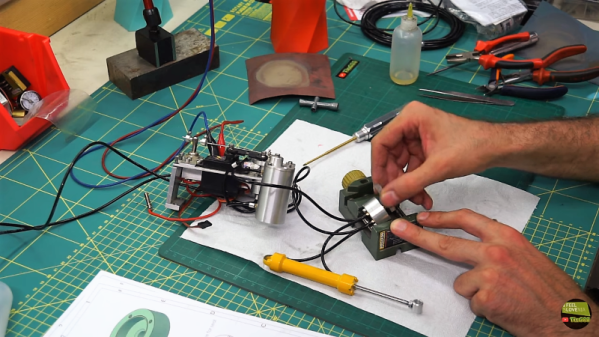Named after British inventor James Dyson of cyclonic vacuum cleaner fame, the Dyson Awards are presented annually to current and recent students of engineering, industrial design, and product design, regardless of age. Students from 27 countries work alone or in groups to describe their inventions, which are then judged for their inventiveness, the production feasibility of their design, and the overall strength of the entry itself.
Much like our own Hackaday Prize, the Dyson Awards encourage and highlight innovation in all areas of science and technology. Some ideas help the suffering individual, and others seek to cure the big problems that affect everyone, like the microplastics choking the oceans. The Hackaday spirit is alive and well in these entries and we spotted at least one Hackaday prize alum — [Amitabh]’s Programmable Air. I had fun browsing through everything on offer, and you will too. This is a pretty good source of design inspiration.




















